Home>Gardening & Outdoor>Landscaping Ideas>When Is The Best Time To Plant Grass Seed In Illinois
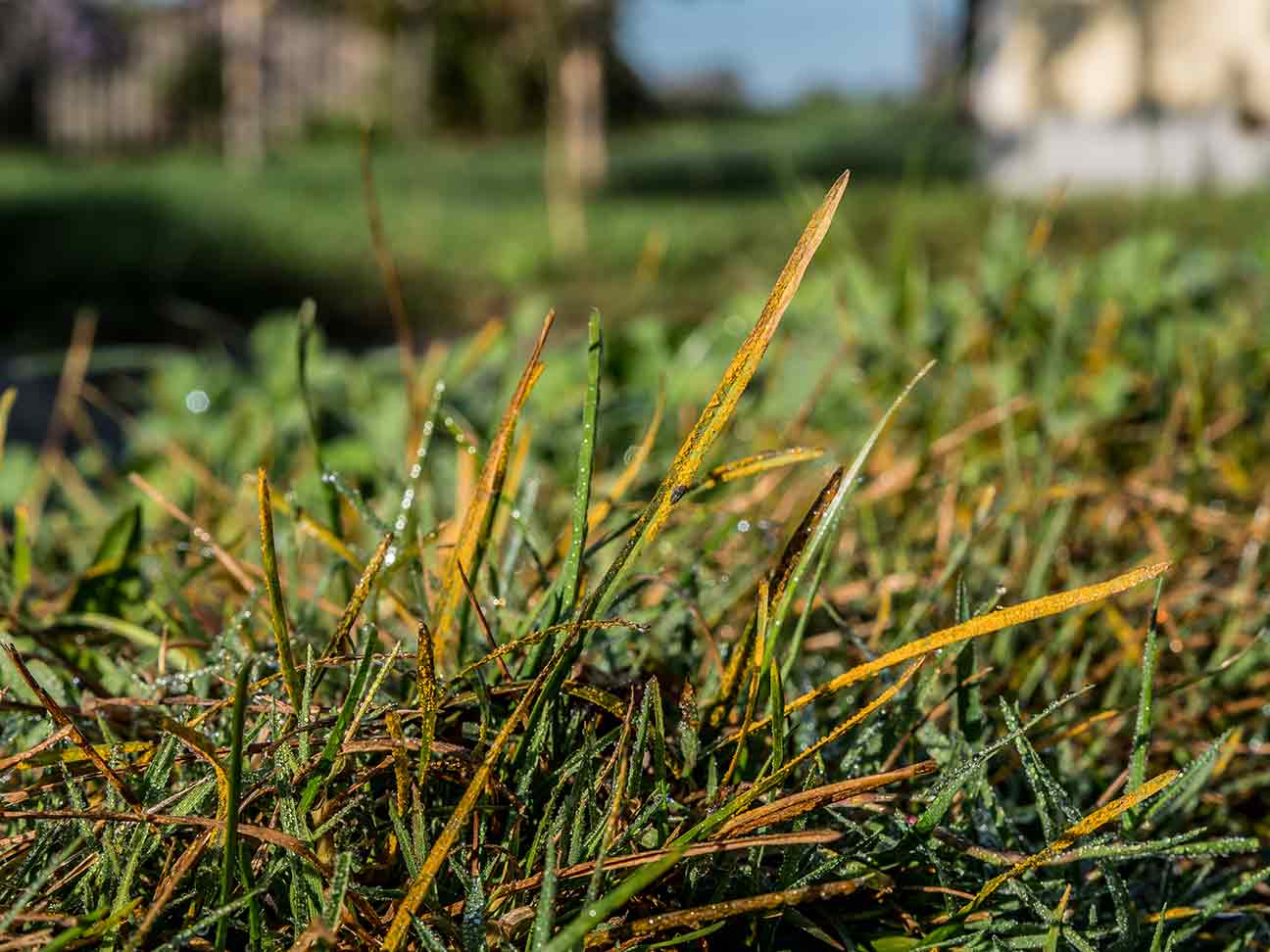

Landscaping Ideas
When Is The Best Time To Plant Grass Seed In Illinois
Modified: August 27, 2024
Looking for landscaping ideas in Illinois? Discover the best time to plant grass seed and enhance your lawn with our expert tips and advice. Achieve a lush, green landscape with our planting guide.
(Many of the links in this article redirect to a specific reviewed product. Your purchase of these products through affiliate links helps to generate commission for Storables.com, at no extra cost. Learn more)
Introduction
Welcome to the Land of Lincoln, where the prairies stretch as far as the eye can see, and the land is rich with history and natural beauty. Illinois, known for its diverse landscapes and varying climates, offers a unique environment for landscaping and gardening enthusiasts. Whether you reside in the bustling city of Chicago or the serene countryside, the desire for a lush, green lawn is a common thread among homeowners.
Planting grass seed in Illinois requires a deep understanding of the region’s climate and the specific needs of various grass species. Achieving a vibrant and resilient lawn involves strategic planning, proper timing, and consistent maintenance. In this article, we will delve into the best practices for planting grass seed in Illinois, considering the state’s climate, soil conditions, and other crucial factors. By the end, you will be equipped with the knowledge to cultivate a thriving lawn that can withstand the challenges of the Illinois climate.
Whether you’re a seasoned gardener or a first-time homeowner eager to transform your outdoor space, the journey to a lush lawn begins with understanding the unique characteristics of Illinois’ environment. So, let’s embark on this green-fingered adventure and uncover the secrets to successful grass seed planting in the Prairie State.
Key Takeaways:
- Timing is crucial for planting grass seed in Illinois. Early fall is ideal, leveraging warm soil and cooler air. Spring is an option, but comes with challenges.
- Consider soil type, grass species, sunlight, and moisture before planting. Follow steps for soil prep, seed selection, watering, and maintenance for a thriving lawn.
Read more: When To Plant Grass Seed In Illinois
Understanding the Climate in Illinois
Before diving into the specifics of planting grass seed in Illinois, it’s essential to grasp the diverse climate that characterizes this state. Illinois experiences a blend of continental and humid subtropical climates, with four distinct seasons showcasing a wide range of temperatures and precipitation levels.
During the scorching summers, temperatures can soar into the 90s (°F), accompanied by occasional humidity, especially in the southern regions. Conversely, winters can be harsh, with temperatures plummeting below freezing, and substantial snowfall is not uncommon, particularly in the northern parts of the state. The transitional seasons of spring and fall bring moderate temperatures, but they are also characterized by unpredictable weather patterns, including sudden temperature fluctuations and varying precipitation levels.
Furthermore, Illinois’ climate is influenced by its diverse geography, which encompasses fertile prairies, rolling hills, and the proximity of the Great Lakes. The presence of these bodies of water contributes to localized weather phenomena, such as lake-effect snow and milder temperatures in the lakefront areas.
Understanding the nuances of Illinois’ climate is crucial when planning to plant grass seed. Different grass species thrive under specific climate conditions, and being mindful of the state’s weather patterns will guide you in selecting the most suitable grass seed for your lawn. By aligning your planting schedule with the climate and choosing grass varieties that can withstand Illinois’ weather fluctuations, you set the stage for a resilient and flourishing lawn.
Now that we’ve gained insight into the climate of Illinois, let’s explore the optimal timing for planting grass seed in this dynamic and diverse environment.
Best Time to Plant Grass Seed in Illinois
Timing is paramount when it comes to planting grass seed in Illinois. The optimal window for sowing grass seed largely depends on the specific climatic conditions of the region, ensuring that the seeds have the best chance to germinate and establish strong root systems. In Illinois, the ideal time to plant grass seed is during the early fall, typically from mid-August to mid-September.
During this period, the soil retains warmth from the summer months, creating favorable conditions for seed germination. Additionally, the cooler air temperatures reduce the risk of heat stress on the emerging seedlings. The fall also brings increased precipitation, providing essential moisture for the germinating seeds and young grass plants. These factors collectively contribute to the successful establishment of a healthy and resilient lawn.
Planting grass seed in the fall allows the seedlings to establish root systems before the onset of winter, enabling them to endure the cold and thrive when spring arrives. This proactive approach sets the stage for a lush and vibrant lawn in the coming seasons, as the grass plants will have a head start in their growth and development.
While fall is the prime season for planting grass seed in Illinois, early spring, typically from mid-March to mid-April, also presents a suitable opportunity for seeding. However, spring planting comes with its challenges, as the fluctuating temperatures and erratic precipitation patterns can pose obstacles to optimal seed germination and early growth. Despite these challenges, with proper care and attention, successful results can be achieved through spring planting.
Understanding the best time to plant grass seed in Illinois is pivotal for ensuring the success of your lawn. By aligning your seeding schedule with the state’s climate patterns and leveraging the favorable conditions of the fall season, you can lay the groundwork for a resilient and thriving lawn that enhances the beauty of your outdoor space.
With the knowledge of the ideal planting time in mind, let’s delve into the essential factors to consider before embarking on the grass seed planting journey in Illinois.
Factors to Consider Before Planting Grass Seed
Before sowing the seeds of a lush and vibrant lawn in Illinois, it’s essential to take into account several crucial factors that can significantly impact the success of your grass seed planting endeavor. By carefully considering these elements, you can make informed decisions and set the stage for a thriving and resilient lawn that withstands the challenges of the Illinois climate.
- Soil Type and Condition: Understanding the composition and condition of your soil is fundamental to selecting the appropriate grass seed and ensuring successful germination. Illinois boasts a variety of soil types, including fertile loam, clay, and sandy soils. Conducting a soil test to assess its pH level and nutrient content can guide you in choosing grass varieties that are well-suited to your specific soil conditions.
- Grass Species Selection: Illinois’ climate and varying regional conditions make it essential to select grass species that are well-adapted to the state’s weather patterns. Cool-season grasses such as Kentucky bluegrass, fescue, and ryegrass thrive in Illinois, offering resilience in the face of temperature fluctuations and seasonal changes.
- Sunlight and Shade: Assessing the sunlight exposure in your lawn area is crucial, as it influences the type of grass that will flourish. Some grass species thrive in full sun, while others are more shade-tolerant. Understanding the sunlight patterns in your landscape will guide your selection of grass seed varieties.
- Watering and Drainage: Adequate moisture is vital for seed germination and the establishment of young grass plants. Evaluating the drainage patterns in your lawn and planning for consistent watering, especially during the critical germination phase, is essential for the success of your grass seed planting efforts.
- Weed and Pest Control: Preparing the soil and implementing weed control measures before planting grass seed can help prevent competition from invasive plants. Additionally, being mindful of potential pest threats and implementing preventive measures will safeguard the young grass seedlings as they establish themselves.
By taking these factors into consideration and tailoring your approach to align with the specific conditions of your landscape, you can lay a solid foundation for successful grass seed planting in Illinois. Now that we’ve explored the essential pre-planting considerations, let’s move on to the actionable steps for planting grass seed in the Prairie State.
The best time to plant grass seed in Illinois is in the late summer or early fall, typically between mid-August and mid-September. This allows the seeds to establish before the winter and gives them a head start for the following spring.
Steps to Planting Grass Seed in Illinois
Embarking on the journey to establish a lush and resilient lawn in Illinois entails a series of strategic steps that are pivotal to the success of your grass seed planting endeavor. By following these actionable steps, you can lay the groundwork for a thriving lawn that enhances the beauty of your outdoor space and withstands the challenges of the Illinois climate.
- Prepare the Soil: Begin by preparing the soil in your lawn area. Remove any debris, such as rocks and branches, and conduct a soil test to assess its pH level and nutrient content. Based on the soil test results, amend the soil as needed to create an optimal environment for seed germination and grass growth.
- Seed Selection: Choose high-quality grass seed varieties that are well-suited to Illinois’ climate and your specific soil and sunlight conditions. Consider a blend of grass species to enhance the resilience and aesthetic appeal of your lawn.
- Sow the Seeds: Using a spreader, evenly distribute the grass seed across the prepared soil. Follow the recommended seeding rates for the specific grass varieties you have selected, ensuring thorough coverage of the area.
- Protect and Water: After sowing the seeds, gently rake the soil to cover the seeds to a depth of about ¼ inch. Apply a protective layer of straw or mulch to retain moisture and safeguard the seeds from birds and other potential disturbances. Water the seeded area gently but thoroughly, keeping the soil consistently moist during the critical germination phase.
- Maintain Care and Monitoring: As the grass seedlings emerge, continue to provide consistent moisture, ensuring that the soil does not dry out. Monitor the seeded area for signs of germination and early growth, and be mindful of any weed encroachment that may require prompt action.
- Established Growth and Maintenance: Once the grass seedlings have established themselves and reached a mowable height, gradually transition to a regular mowing schedule. Implement a comprehensive lawn care routine, including fertilization and weed control, to nurture the growth and resilience of your newly established lawn.
By diligently following these steps and providing attentive care to your newly planted grass seed, you can set the stage for a lush and vibrant lawn that thrives in the diverse climate of Illinois. Now, let’s explore the essential practices for maintaining your grass seed after planting, ensuring the long-term health and beauty of your lawn.
Read more: When Is Best Time To Plant Sunflower Seeds
Maintaining Your Grass Seed after Planting
After the meticulous process of planting grass seed in Illinois, maintaining attentive care and implementing effective maintenance practices are essential for nurturing the growth and resilience of your newly established lawn. By following these crucial maintenance steps, you can ensure that your grass seed flourishes and transforms into a lush and vibrant carpet of green, enhancing the beauty of your outdoor space.
- Consistent Watering: Maintaining consistent moisture levels is vital for the ongoing growth and development of your grass seedlings. Especially during the initial stages of establishment, continue to water the seeded area regularly, ensuring that the soil remains consistently moist but not waterlogged.
- Mowing Practices: Once the grass seedlings have reached a mowable height, gradually introduce a regular mowing schedule. Set your mower at an appropriate height to avoid stressing the young grass plants, and refrain from removing more than one-third of the grass blade length in a single mowing session.
- Fertilization and Soil Care: Implement a comprehensive fertilization schedule to provide essential nutrients for the growth and resilience of your lawn. Additionally, be mindful of the soil’s nutrient levels and pH balance, making adjustments as needed to create an optimal environment for your grass seed to thrive.
- Weed Control: Vigilantly monitor your lawn for any signs of weed encroachment, and promptly address any invasive plants that may threaten the growth of your grass seedlings. Implement targeted weed control measures to maintain the integrity and health of your lawn.
- Pest Management: Be mindful of potential pest threats that may affect the young grass plants, and implement preventive measures to safeguard your lawn. Regularly inspect your lawn for signs of pest activity and take proactive steps to mitigate any potential damage.
- Seasonal Care: Tailor your lawn care practices to align with the seasonal changes in Illinois. Adjust your watering, mowing, and fertilization routines based on the evolving climate and the specific needs of your grass species, ensuring ongoing health and resilience.
By consistently implementing these maintenance practices and providing attentive care to your newly established lawn, you can foster the growth of a resilient and vibrant grass carpet that thrives in the diverse climate of Illinois. Now that we’ve explored the essential maintenance steps, let’s conclude our journey through the intricacies of planting and nurturing grass seed in the Prairie State.
Conclusion
Congratulations on embarking on the journey to cultivate a lush and resilient lawn in the diverse and dynamic climate of Illinois. By delving into the nuances of the state’s climate, understanding the optimal timing for planting grass seed, and considering crucial pre-planting factors, you have equipped yourself with the knowledge and insight to lay the groundwork for a thriving lawn that enhances the beauty of your outdoor space.
As you prepare to plant grass seed in Illinois, remember that the timing of your seeding efforts is pivotal. The early fall presents an ideal window for sowing grass seed, leveraging the favorable conditions for germination and establishment. By aligning your planting schedule with the state’s climate patterns, you set the stage for a resilient and vibrant lawn that flourishes in the face of Illinois’ seasonal changes.
Furthermore, the careful consideration of pre-planting factors, such as soil type, grass species selection, sunlight exposure, and moisture management, will guide your approach and ensure the success of your grass seed planting endeavor. Tailoring your strategy to align with the specific conditions of your landscape is fundamental to fostering the growth and resilience of your lawn.
As you progress through the actionable steps of planting grass seed, from soil preparation and seed selection to ongoing maintenance practices, remember the importance of consistent care and attentive monitoring. By providing your newly established lawn with the essential elements it needs to thrive, you pave the way for a vibrant and resilient grass carpet that withstands the challenges of the Illinois climate.
In closing, the journey to planting and nurturing grass seed in Illinois is a rewarding endeavor that allows you to connect with the natural beauty of the Prairie State. As you witness the transformation of your outdoor space into a lush and vibrant haven, may the knowledge and insights gained from this exploration empower you to cultivate a resilient and thriving lawn that brings joy and beauty to your home for years to come.
Happy planting, and may your lawn flourish in the diverse and dynamic climate of Illinois!
Frequently Asked Questions about When Is The Best Time To Plant Grass Seed In Illinois
Was this page helpful?
At Storables.com, we guarantee accurate and reliable information. Our content, validated by Expert Board Contributors, is crafted following stringent Editorial Policies. We're committed to providing you with well-researched, expert-backed insights for all your informational needs.
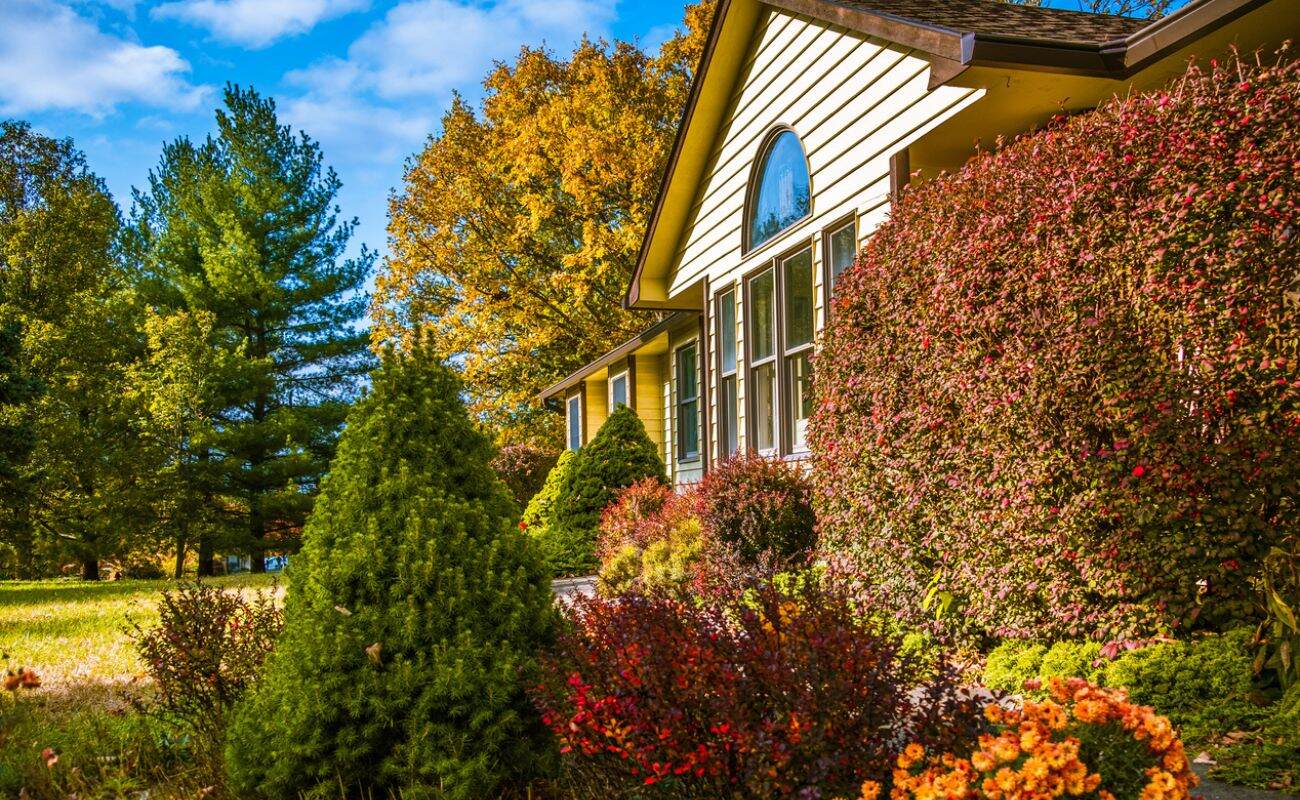
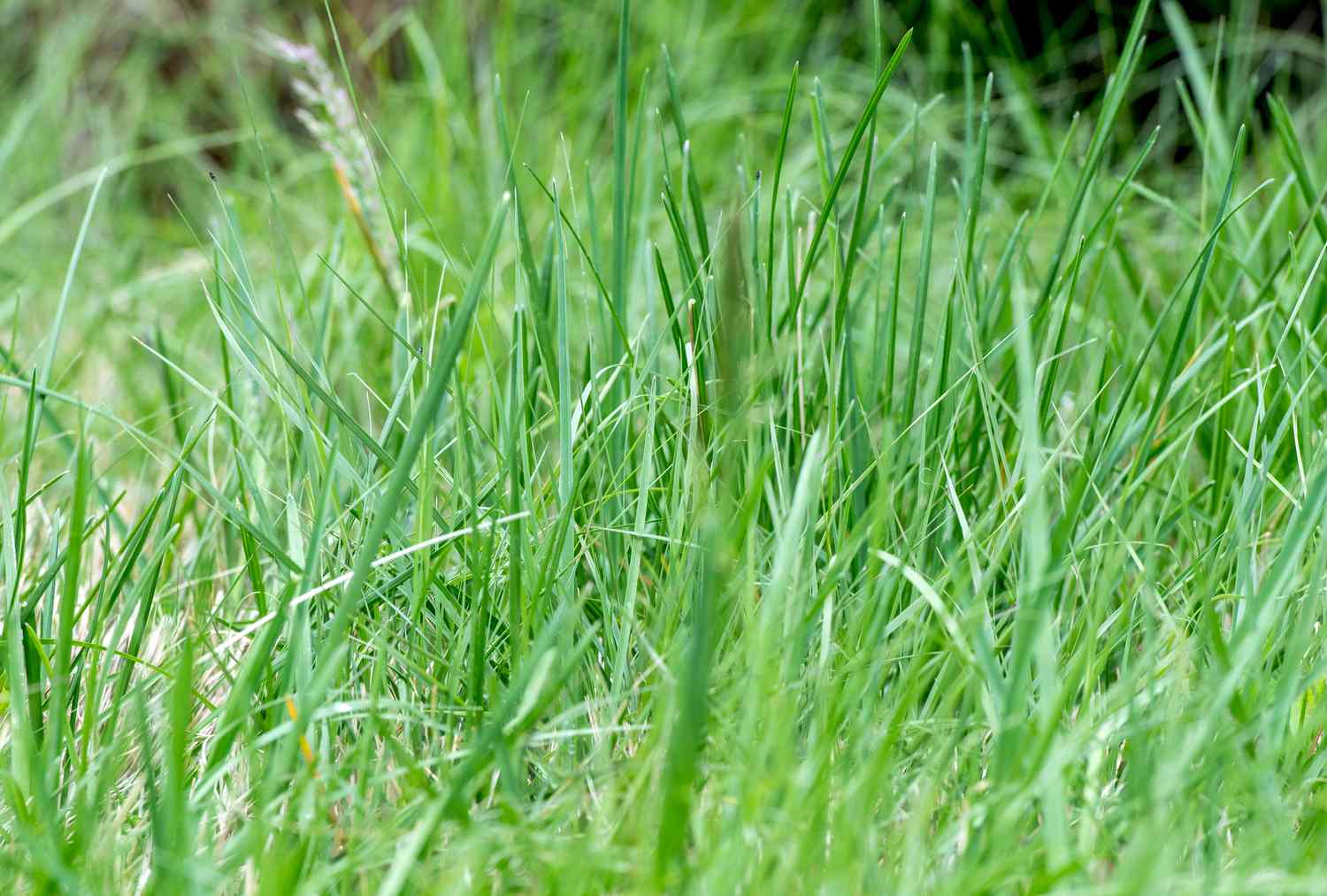
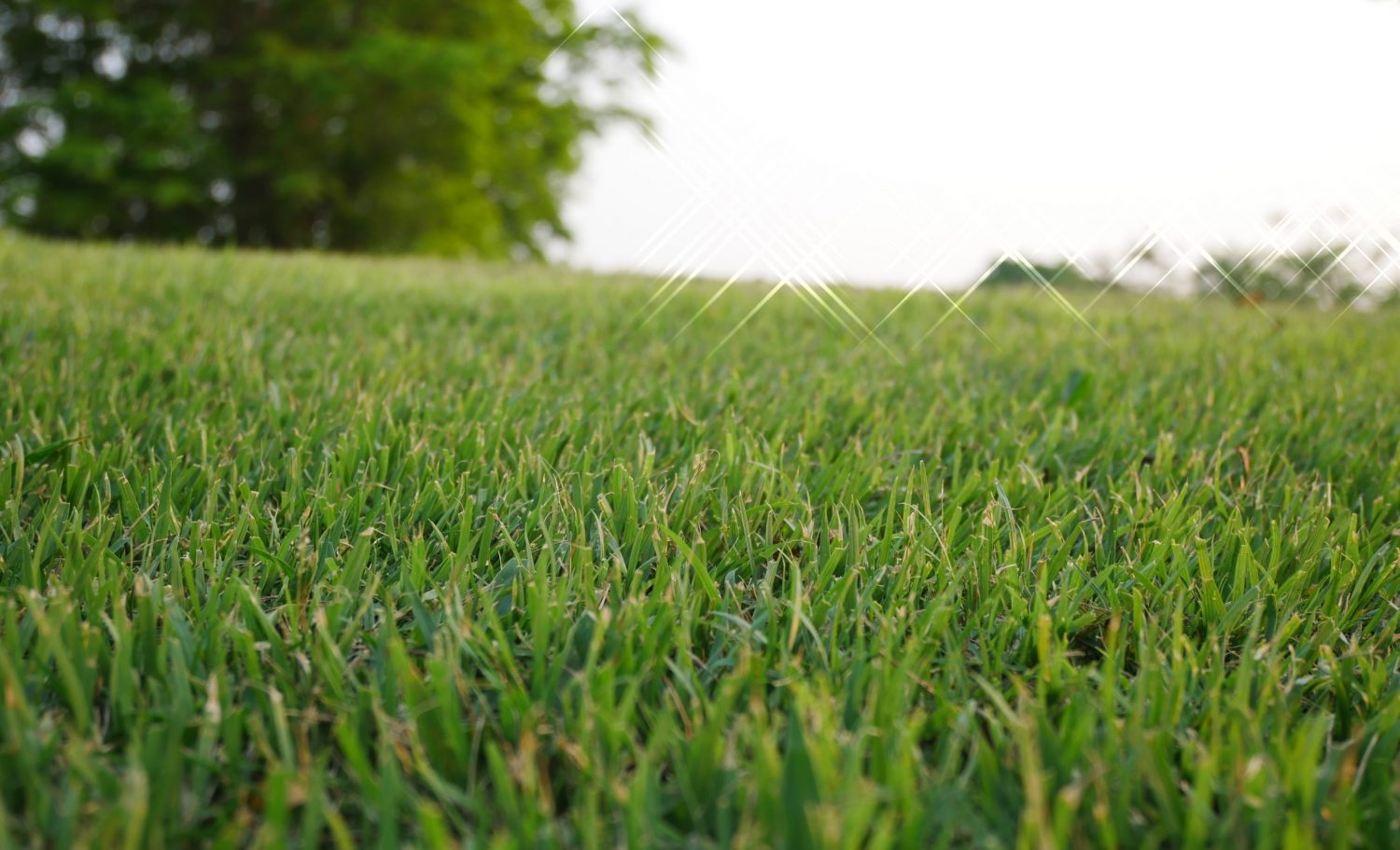
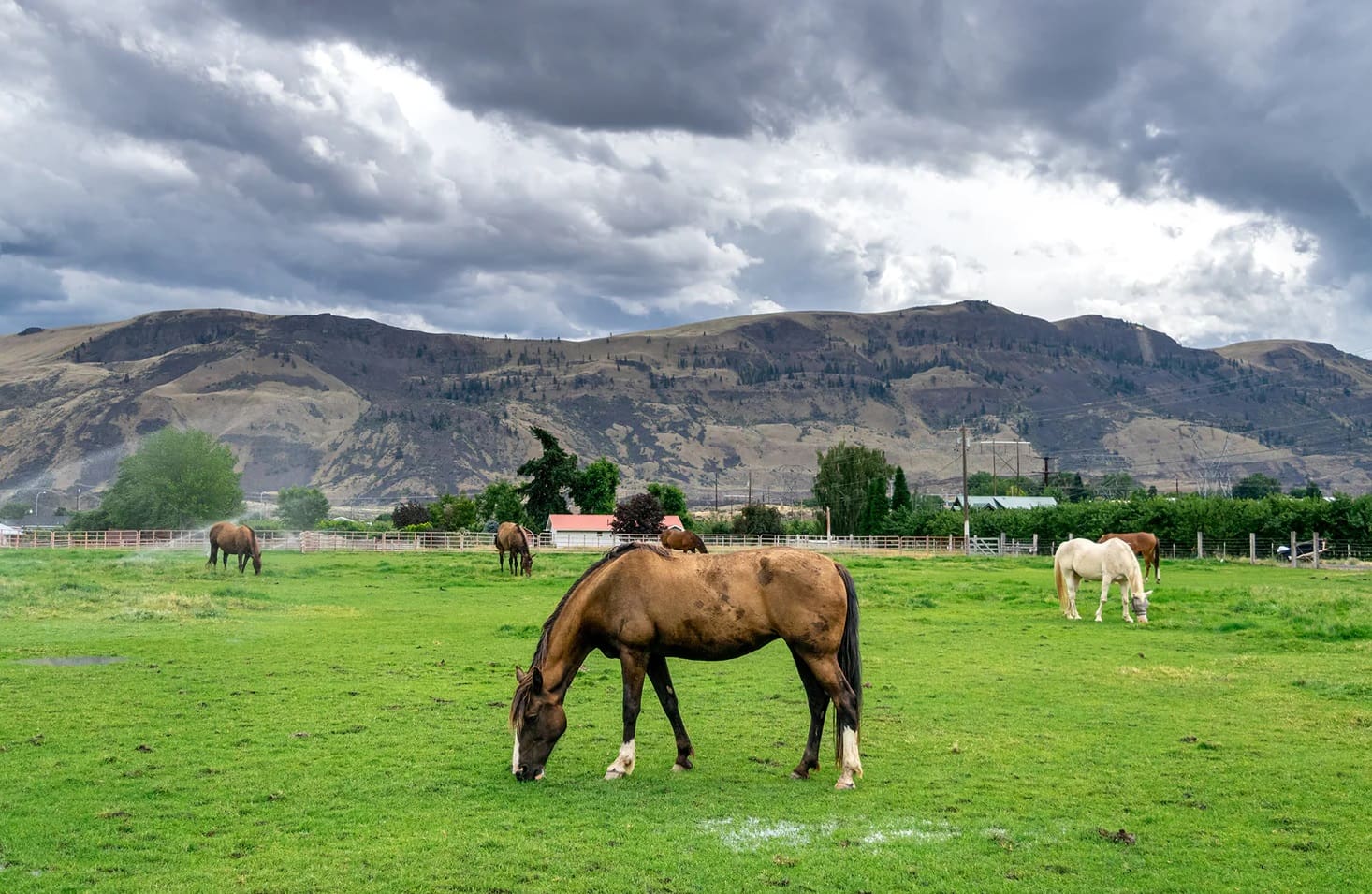
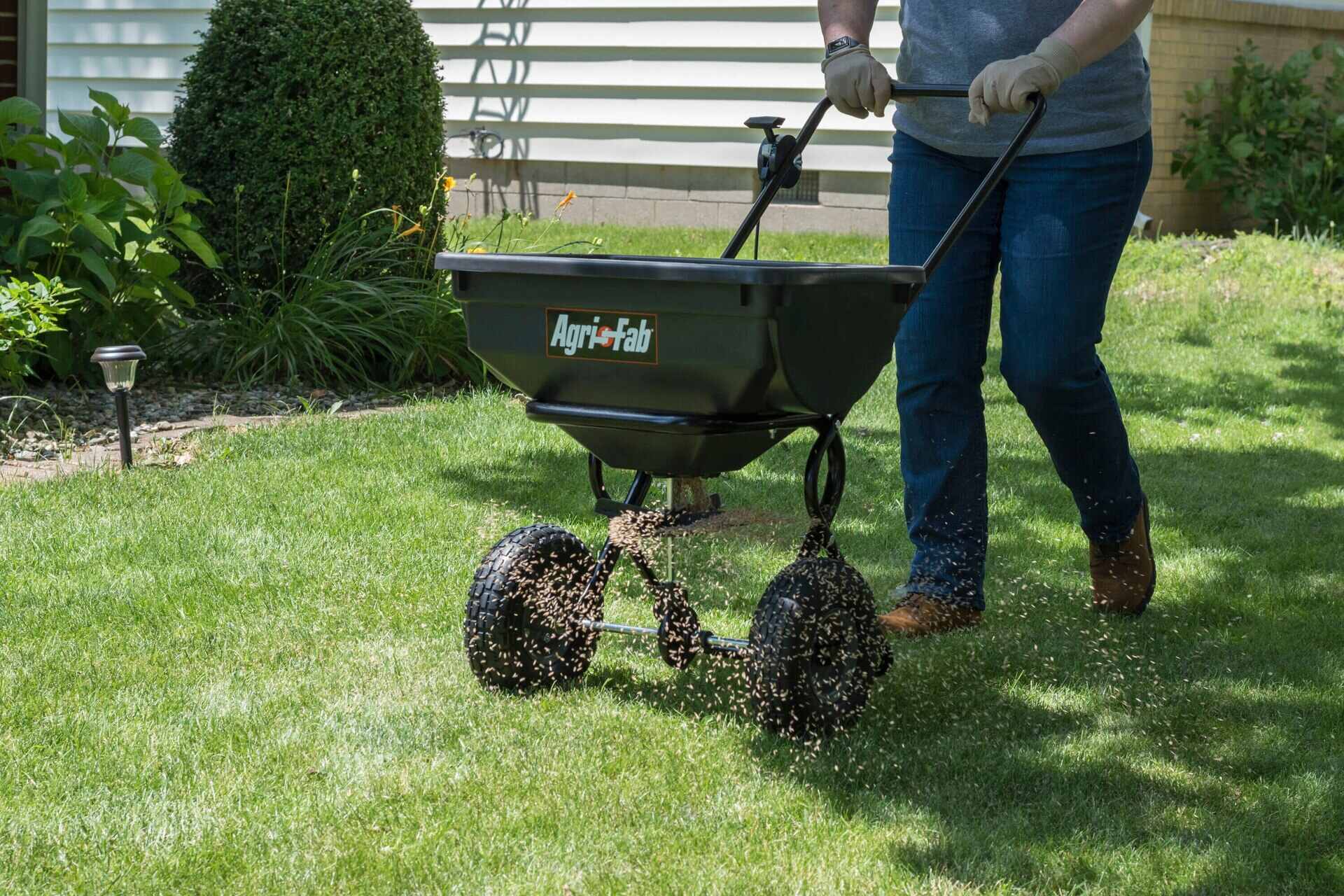
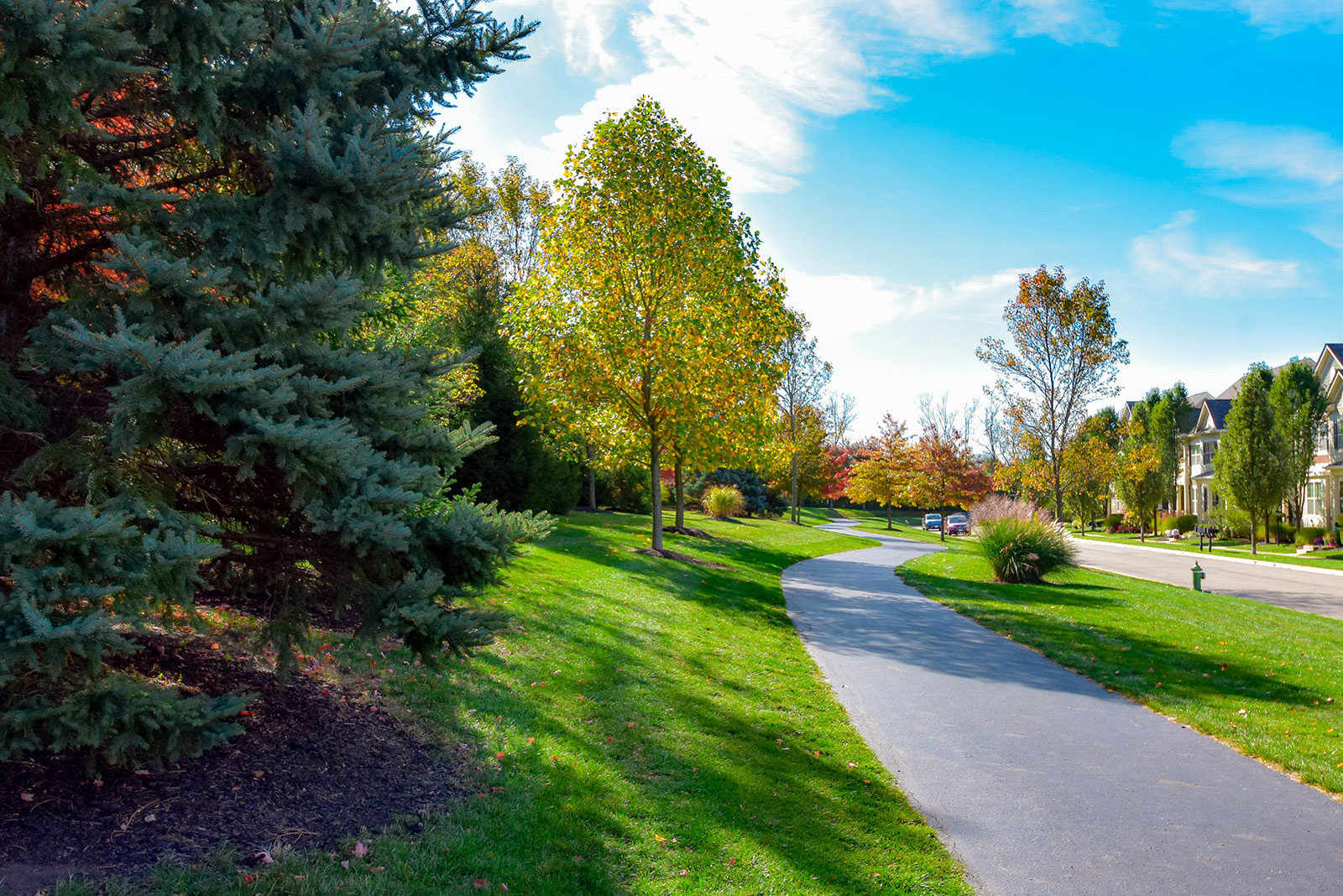
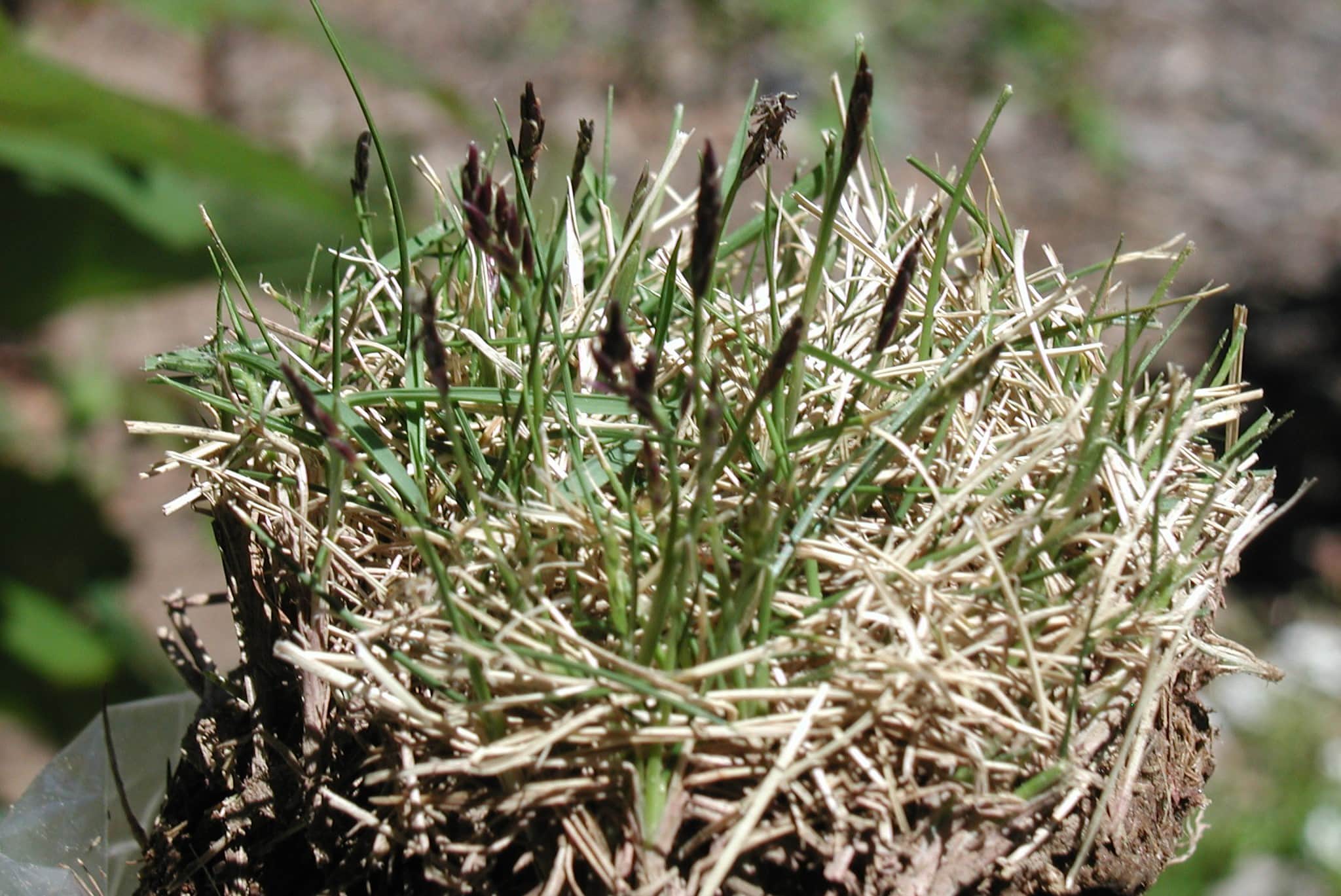
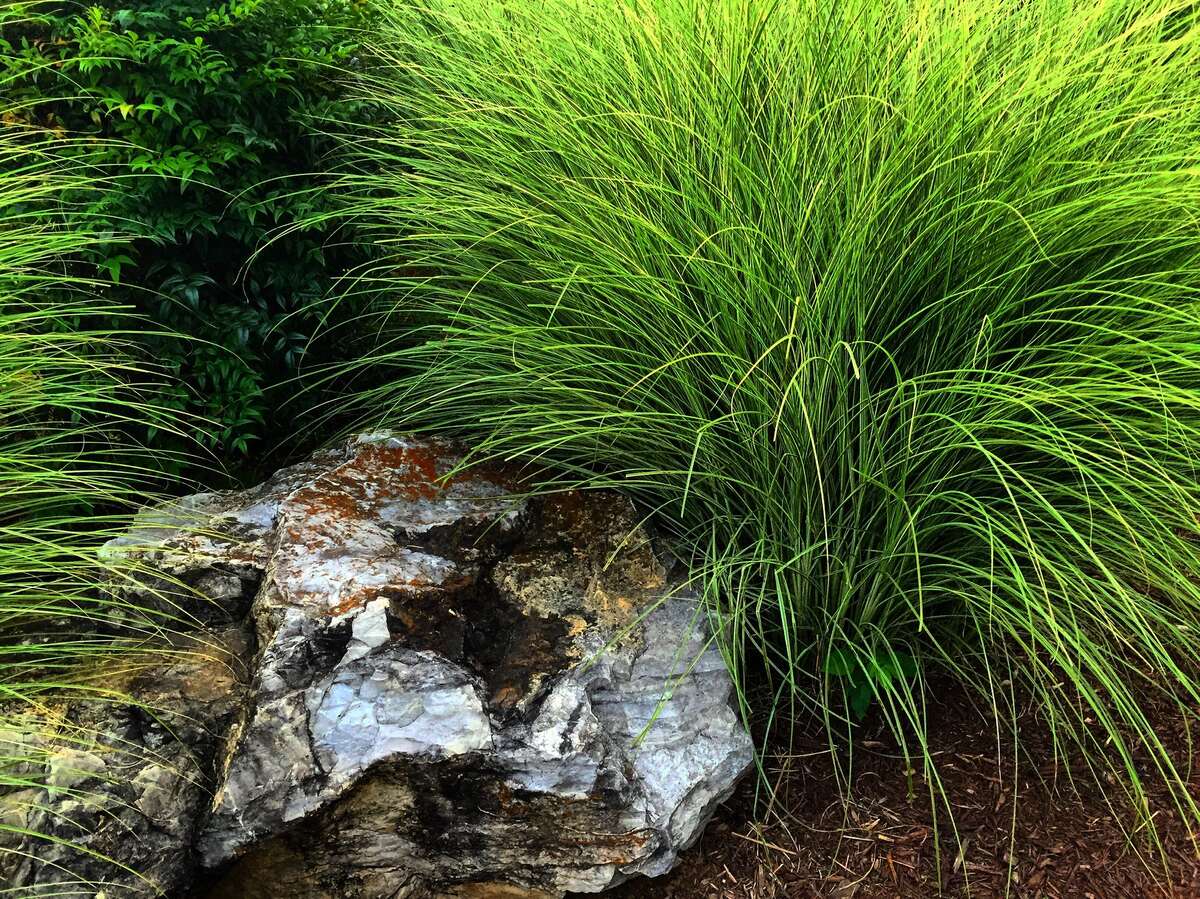
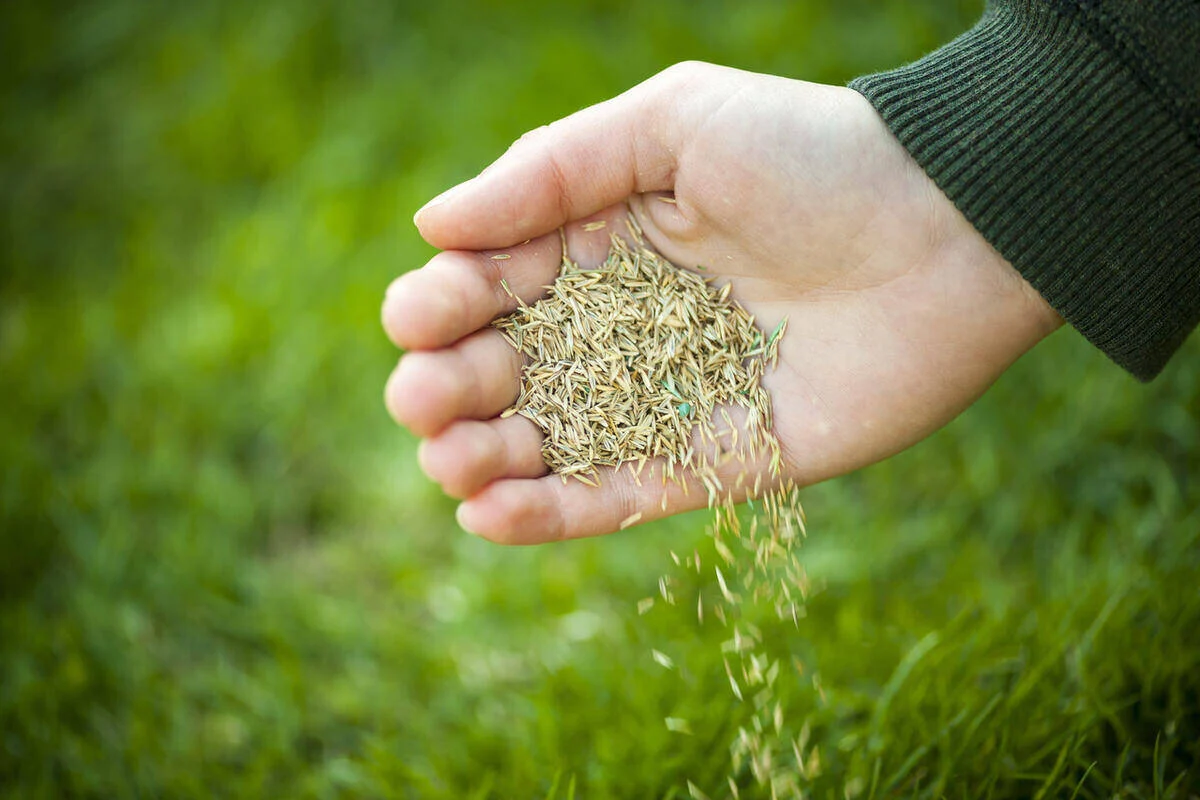
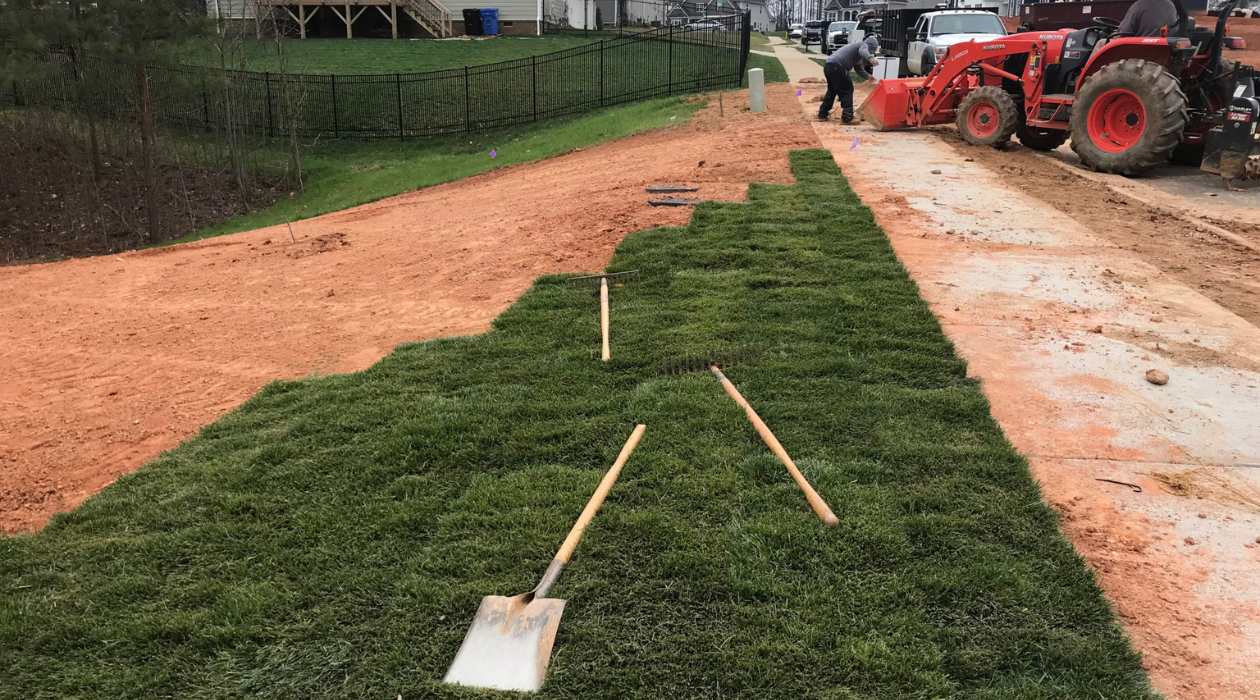

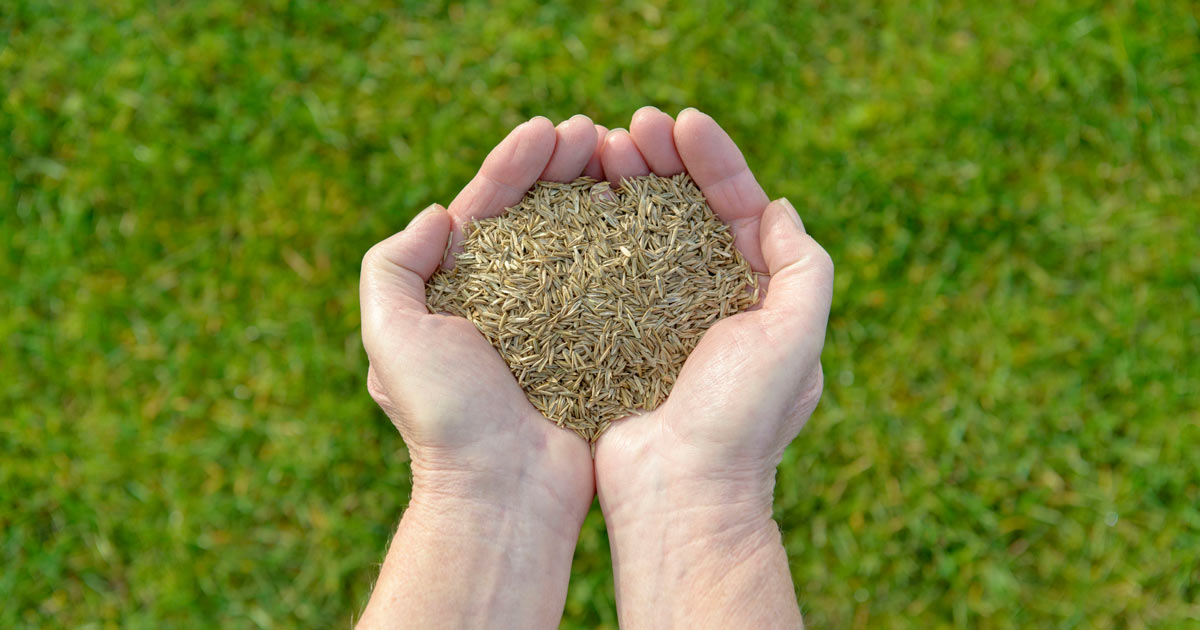
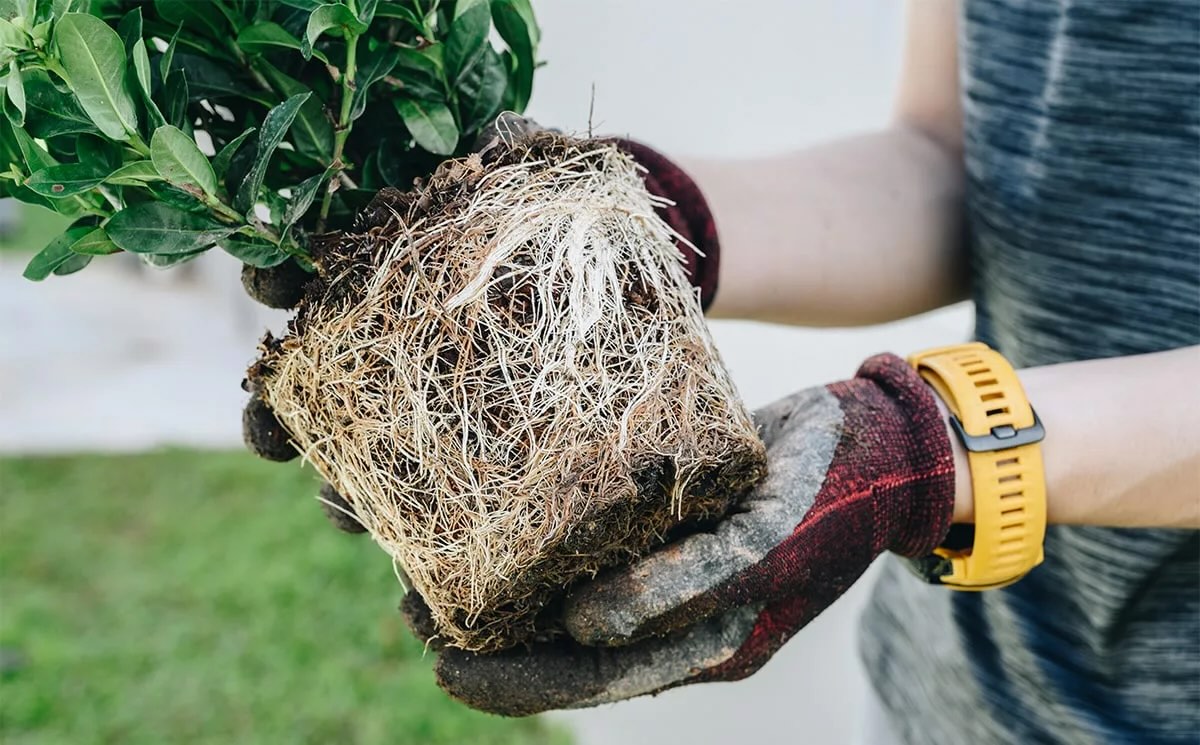
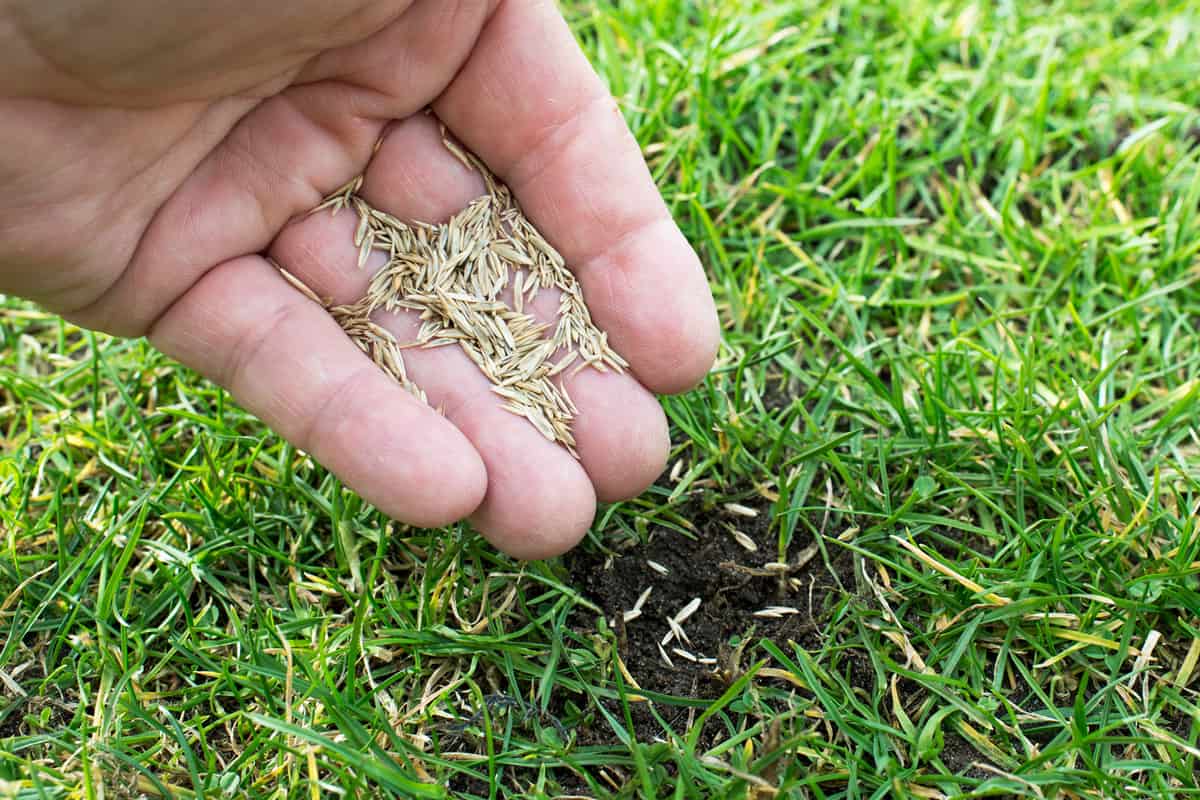

0 thoughts on “When Is The Best Time To Plant Grass Seed In Illinois”